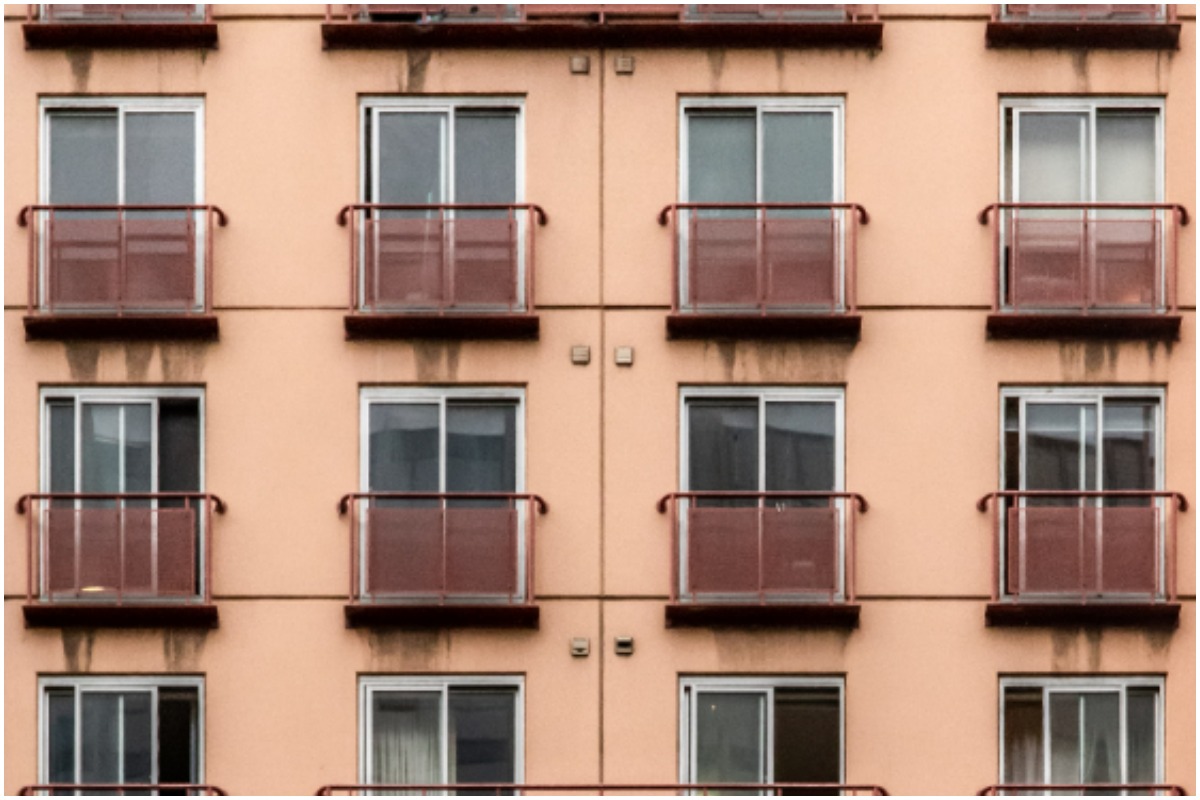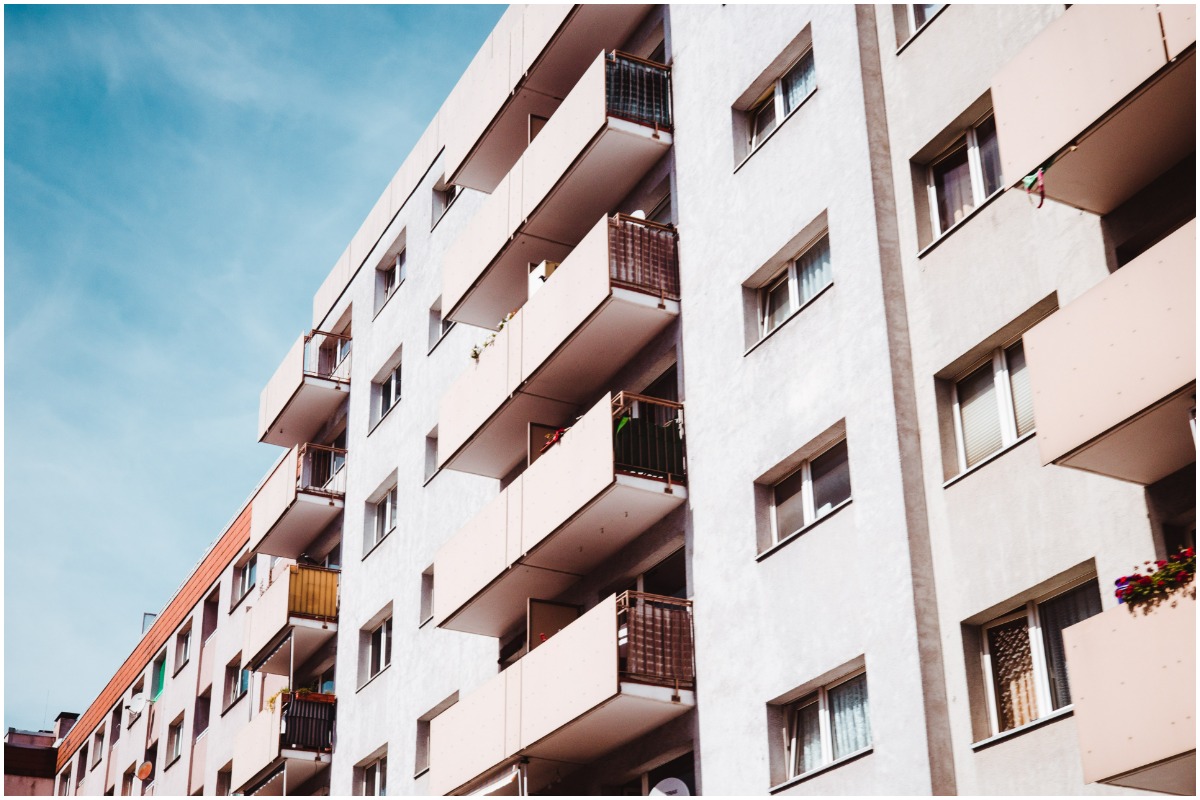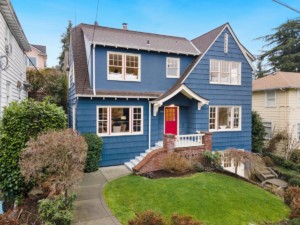Whether you’re a full-time renter or hope to eventually transition to homeownership, you may have wondered – what is rent control? Broadly speaking, rent control is legislation that limits the price of rent in cities and states. It usually benefits residents – primarily by keeping rental rates low and stable. However, there are some drawbacks to carefully consider before committing to a lease.
In this article we’ll cover how rent control works, the pros and cons, and how to find a rent-controlled apartment in your area. Keep reading to learn more about the ins and outs of rent control.

What is rent control?
Rent control refers to a broad set of regulatory laws that affect the cost of renting an apartment. In most cities, it dictates:
- The maximum cost a landlord can charge for a unit, which is typically determined by the number of bedrooms and bathrooms (e.g. a one-bedroom apartment can cost a maximum of $1,000, a two-bedroom apartment can cost a maximum of $1,250, and so on).
- The maximum amount a landlord can increase the rent by each year, typically in the form of a percentage (e.g. a landlord can raise rents by no more than 2% per year).
The goal of controlling rent is to create a stable and affordable market for renters. Without rent control, renters would either need to leave the neighborhood in search of one that’s less expensive or move to a different city.
How does rent control work?
Rent control works in one of two ways. True rent control is a regulation that mandates that the cost of rent must stay the same indefinitely.
The more common form caps how much a landlord can increase rents, so long as the tenant remains in the unit. But when the unit changes hands, the landlord can raise the rent to the market rate (or close to it). Once the new tenant moves into the apartment, the landlord must again adhere to the strict rent-increase rules.
Tenants in controlled units may be subject to certain income limits, but not always. In most cases, tenants must abide by specific rules. For example, they cannot sublet their apartment. In many cases, these apartments can transfer to a family member. But, again, the tenant needs to follow very specific rules to do so.
Rent control housing is often scattered within traditional housing markets, meaning that several rent-controlled units and market-rate units could share the same building, and rent-controlled buildings could exist between buildings subject to free-market rates.
Who’s in charge of establishing rent control rules?
In most cities that allow rent control, municipalities create boards to set and administer rent control laws. Sometimes elected officials run these boards, but often the municipality appoints board members. These boards determine the maximum rent, rent increases, and other important factors concerning rent control rules. Both tenants and landlords can make appeals to the board.
Rent control vs. rent stabilization
The terms rent control and rent stabilization are used to differentiate between “true rent control” and other forms of rent protection. In New York City, rent control began being phased out in 1971. Today, only 1% of apartment units in NYC are rent-controlled.
When people say “rent control,” they often actually mean rent stabilization, which is much more common. In fact, almost half of all rental units in New York City have rent stabilization. With these units, a landlord can’t increase rent more than the percentage set by the city’s Rent Guidelines Board. In recent years, the Rent Guidelines Board has placed more restrictions on landlords in regards to how much they can raise rates between tenants.

Pros and cons of rent control
Rent control has potential benefits and drawbacks, both for the tenant and the landlord. And that’s in addition to ripple effects in the surrounding economy. The debate surrounding it is constant in every city where laws exist. Below is a list of the most common pros and cons of rent control laws.
Pros:
- Rent prices are stable and predictable: Stable rents allow people to live without worrying about sudden rent increases that render their apartments unaffordable, especially for first-time renters.
- Affordability in expensive cities: Rent control ensures that a city has a certain amount of affordable housing for lower- and middle-class residents. Without rental control, popular cities could easily become overpriced for all but the wealthiest residents.
- Neighborhood stabilization: When prices are stable, renters can stay put and make investments in their neighborhoods. This can benefit the local community, as those who live there may spend more at businesses in the area.
- Prevents displacement: For communities in the process of revitalization or gentrification, rent limitations prevent long-time residents from being displaced.
Cons:
- No incentive to update rental units: Landlords typically update their units and appliances every few years to retain tenants or attract new ones. With rent control laws in place, landlords stand to gain very little from investing in upgrades or expensive repairs.
- Less new construction in areas with rent control: With the added restrictions of a rent control system, builders and investors may choose to allocate their time and money elsewhere. Many real estate investors have turned their attention away from the once-lucrative markets in cities like New York. Instead, they’re investing in other markets, particularly in the South, such as Nashville, TN and Austin, TX.
- Fewer available options for renters: If renters aren’t moving our of their rent controlled apartments and there is less new construction, tenants end up with fewer choices. That can mean fewer units on the market and a narrower range of housing options.
- Lower profitability for landlords: Landlords make money off rent payments, but they also use that money to pay taxes and property loans as well as reinvest in their properties. With less cash flowing, landlords can find themselves in a bind to do anything more than cover carrying costs. This can result in difficulties for both landlords and tenants.
Where can you find rent-controlled apartments?
Rent-controlled apartments exist in 182 municipalities in the following states (or districts)
- California
- Maryland
- New Jersey
- New York
- Washington D.C.
The five largest cities that offer rent control are:
- New York City
- Los Angeles
- San Francisco
- Oakland
- Washington D.C.
Rent control regulations are becoming more common across the country, especially as rental rates rise and rentable housing options shrink. Additionally, many areas are enacting rent control laws and other tenant protection legislation targeted at the lot rents for mobile homes.
How do I get a rent-controlled apartment?
You can find a rent-controlled apartment in one of two ways. First, depending on where you live, you may be able to access a detailed list of rent-controlled units. Your city may have a program in place that connects tenants with landlords who provide rent-controlled units.
Second, you can find a rent-controlled unit by reviewing listings in your area. Look for listings with the words “rent-stabilized” or “vacancy controlled.” However, you should verify that there’s a clause within the rental agreement stating that the apartment is rent-controlled. It’s a good idea to have your lease agreement reviewed by an attorney.

Rent control FAQs
Can landlords evict tenants from rent-controlled apartments?
In short, yes, a landlord can evict tenants from a rent-controlled apartment if they meet other state and local legal requirements. Laws for rent-controlled units and eviction vary by municipality, so always review your local laws. If you’re facing eviction or have fears about eviction, you should contact your local tenant’s-rights group for assistance.
How do I know if my apartment is rent-controlled?
In most cities, you can access a database of rent-controlled homes in your municipality. For example, the city of Los Angeles has the Zone Information and Map Access System (also known as ZIMAS). Another way to know if your unit is rent-controlled is by simply reviewing the lease agreement. There will be terms within the lease stating that the unit is rent-controlled and the related stipulations.
The bottom line: Is rent control good or bad?
The truth is that economists don’t agree on whether rent control is good or bad for the overall economy. Whether it is good or bad for you depends largely upon the rules in your municipality and where you’re standing.
Tenants who have rent control are usually happy to have it. Landlords can, in many cases, benefit from it, even when it limits how much money they can make off their rental units. But one thing is certain: rent regulation is here to stay for the foreseeable future.
Redfin does not provide legal advice. This article is for informational purposes only, and is not a substitute for professional advice from a licensed attorney.






















 United States
United States Canada
Canada